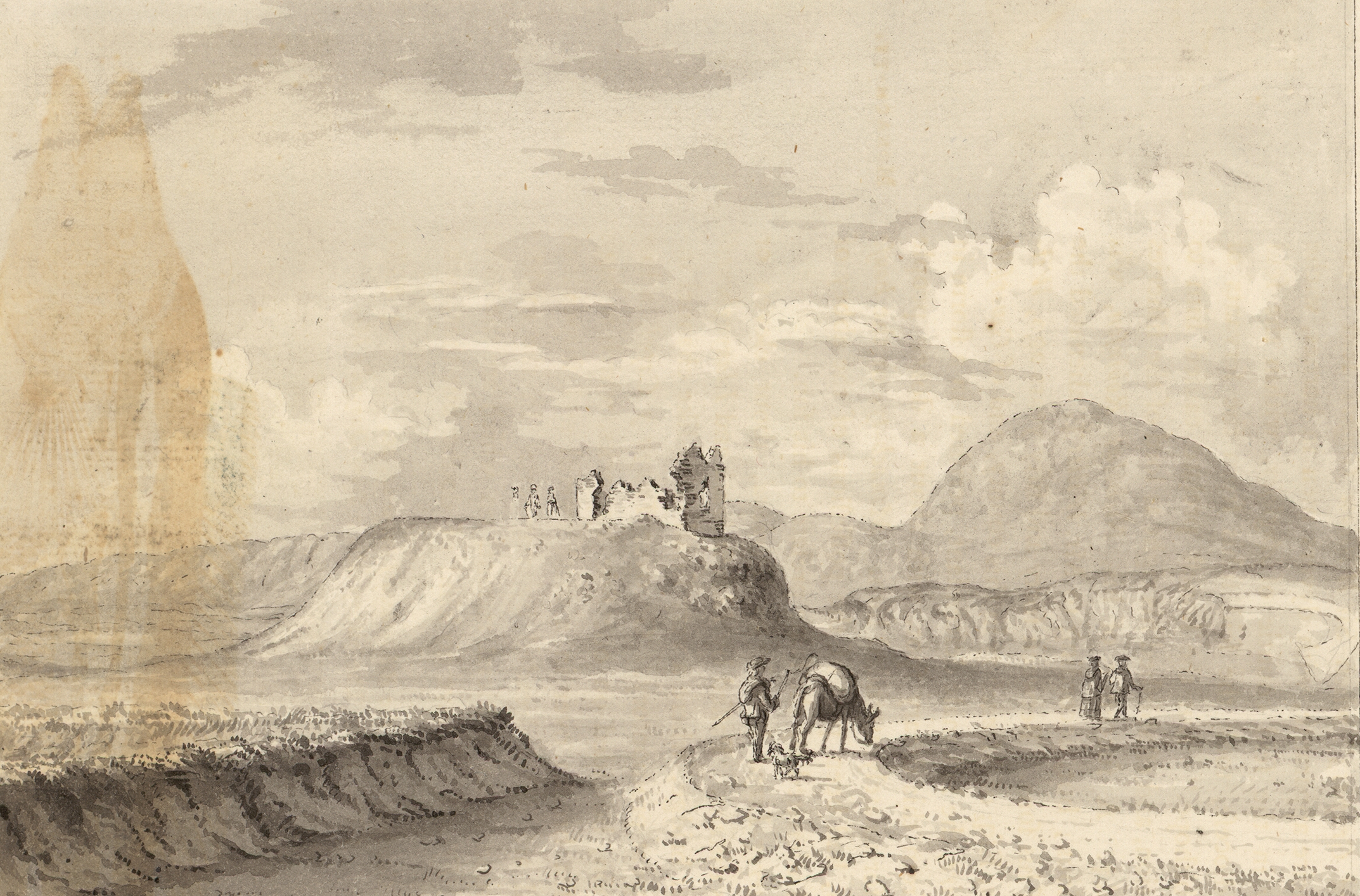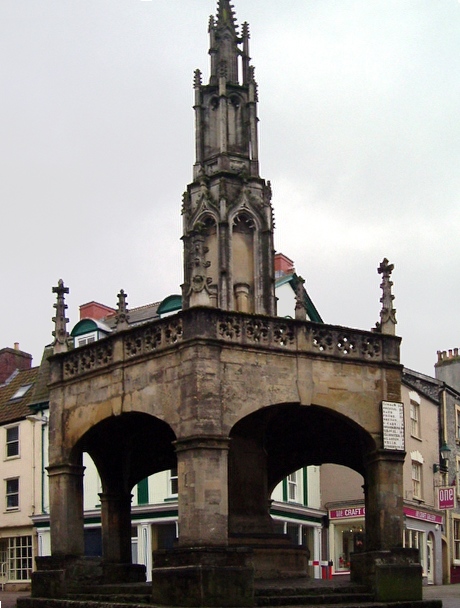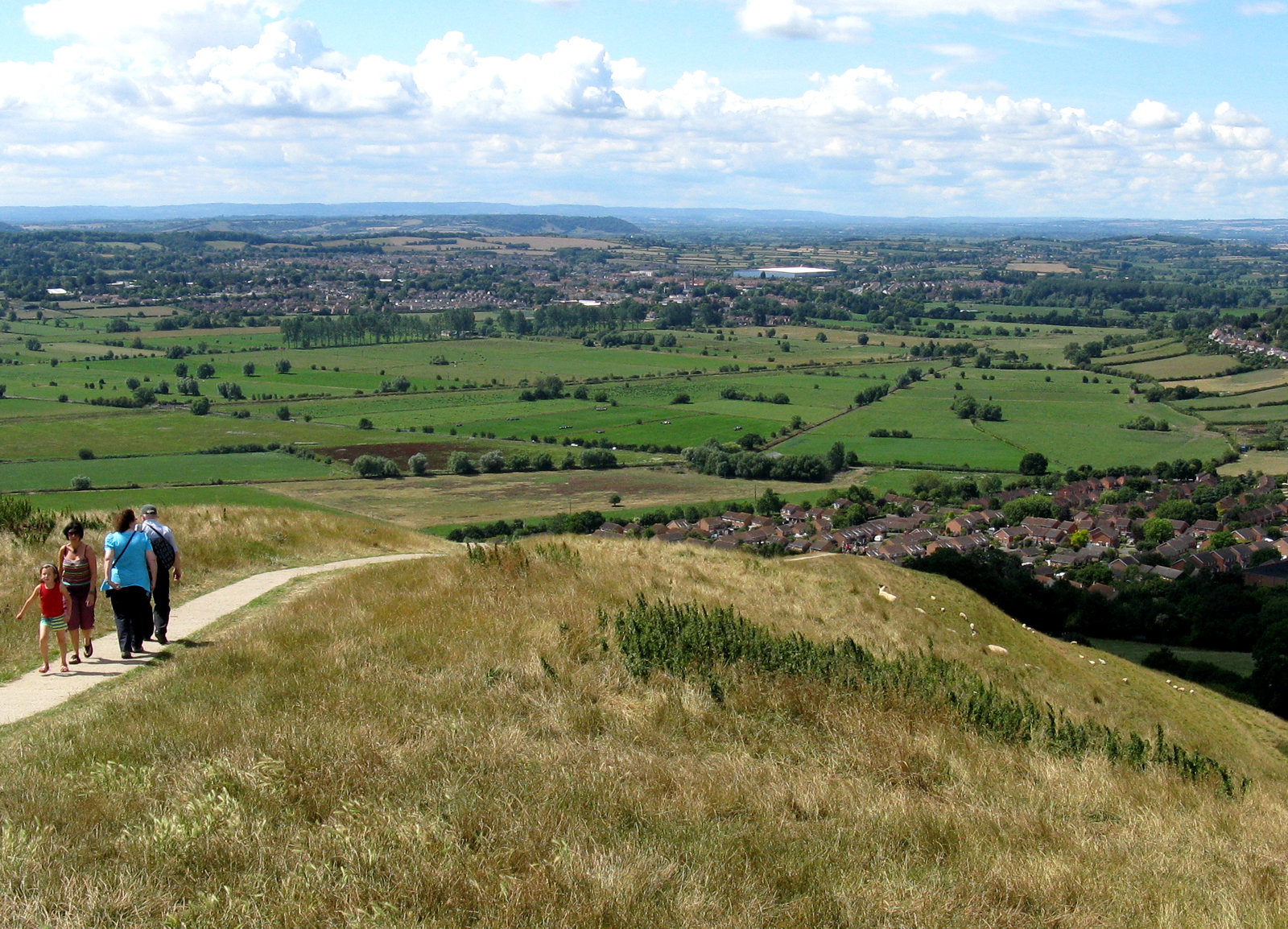|
Berrys Coaches
Berrys Coaches is a coach operator based in Taunton, Somerset. It was established in 1920 and is still a family owned business today. Superfast coach services Berrys started operating a service between Somerset and London following deregulation of the UK coach industry by the Transport Act 1980, . Today it operates five services under the 'Superfast' brand in each direction to and from Hammersmith bus station in London over three routes: *Superfast 1 - Tiverton, Wellington, Taunton, North Petherton, Bridgwater *Superfast 2 - Taunton, Ilminster, South Petherton, Yeovil, Ilchester, RNAS Yeovilton, Wincanton *Superfast 3 - Taunton, Street, Glastonbury, Wells, Shepton Mallet, Frome, Warminster, Codford, Amesbury (The order of towns is shown here from Somerset towards London) Other operations Berrys Coaches run a programme of tours offering a variety of inclusive and coach-only day trips. They also operate home-to-school transport for Somerset County Council and other custome ... [...More Info...] [...Related Items...] OR: [Wikipedia] [Google] [Baidu] |
Van Hool
Van Hool NV () is a Belgian family-owned coachbuilder and manufacturer of buses, coaches, trolleybuses, and trailers. Most of the buses and coaches are built entirely by Van Hool, with engines and axles sourced from Caterpillar, Cummins, DAF and MAN and gearboxes from ZF or Voith. Some production involves building bus and coach bodies on separate bus chassis from manufacturers such as Volvo and Scania. Worldwide, Van Hool employs 4,500 people and manufactures more than 1,700 buses and coaches (bodyworks and complete vehicles combined) and 5,000 trailers each year. It sells an average of 600 coaches annually in the United States. History The company was founded in 1947 by Bernard van Hool in Koningshooikt, near Lier, Belgium. In the early years, the company introduced serial production and exported their products all over Europe. Since the mid-1980s, the company has also been active on the North American market. On February 15, 1957, Van Hool signed a commercial agree ... [...More Info...] [...Related Items...] OR: [Wikipedia] [Google] [Baidu] |
Yeovil
Yeovil ( ) is a town and civil parishes in England, civil parish in the district of South Somerset, England. The population of Yeovil at the last census (2011) was 45,784. More recent estimates show a population of 48,564. It is close to Somerset's southern border with Dorset, from London, south of Bristol, from Sherborne and from Taunton. The aircraft and defence industries which developed in the 20th century made it a target for bombing in the Second World War; they are still major employers. Yeovil Country Park, which includes Ninesprings, is one of several open spaces with educational, cultural and sporting facilities. Religious sites include the 14th-century Church of St John the Baptist, Yeovil, Church of St John the Baptist. The town is on the A30 road, A30 and A37 road, A37 roads and has two railway stations. History Archaeological surveys have yielded Palaeolithic burial and settlement sites mainly to the south of the modern town, particularly in Hendford, where a ... [...More Info...] [...Related Items...] OR: [Wikipedia] [Google] [Baidu] |
Victoria Coach Station
Victoria Coach Station is the largest coach station in London, located in the central district of Victoria in the City of Westminster. It serves as a terminus for many medium- and long-distance coach services in the United Kingdom, and is also the departure point for many countryside coach tours originating from London. It is operated by Victoria Coach Station Limited, a subsidiary of Transport for London (TfL). The station reports 14,000,000 passengers with 472,000 individual coach arrivals or departures. It should not be confused with the nearby Green Line Coach Station for Green Line Coaches, or with Victoria bus station which serves London Buses operated by TfL. History Commissioned by London Coastal Coaches, a consortium of coach operators, Victoria Coach Station was opened at its present site in Buckingham Palace Road, Victoria on 10 March 1932 by Minister of Transport John Pybus. The building is in a distinctive Art Deco style, the architects for which were Wallis, Gi ... [...More Info...] [...Related Items...] OR: [Wikipedia] [Google] [Baidu] |
Plymouth
Plymouth () is a port city and unitary authority in South West England. It is located on the south coast of Devon, approximately south-west of Exeter and south-west of London. It is bordered by Cornwall to the west and south-west. Plymouth's early history extends to the Bronze Age when a first settlement emerged at Mount Batten. This settlement continued as a trading post for the Roman Empire, until it was surpassed by the more prosperous village of Sutton founded in the ninth century, now called Plymouth. In 1588, an English fleet based in Plymouth intercepted and defeated the Spanish Armada. In 1620, the Pilgrim Fathers departed Plymouth for the New World and established Plymouth Colony, the second English settlement in what is now the United States of America. During the English Civil War, the town was held by the Roundhead, Parliamentarians and was besieged between 1642 and 1646. Throughout the Industrial Revolution, Plymouth grew as a commercial shipping port, handling ... [...More Info...] [...Related Items...] OR: [Wikipedia] [Google] [Baidu] |
Amesbury
Amesbury () is a town and civil parish in Wiltshire, England. It is known for the prehistoric monument of Stonehenge which is within the parish. The town is claimed to be the oldest occupied settlement in Great Britain, having been first settled around 8820 BC. The parish includes the hamlets of Ratfyn and West Amesbury, and part of Boscombe Down military airfield. Etymology The derivation of the name of the town is uncertain. It may derive from an Anglo-Saxon named ''Ambre'', or from the Old English ''amore-burh'' meaning 'fortification frequented by buntings or/and Yellowhammers'. It has also been suggested that the name is derived from Ambrosius Aurelianus, leader of Romano-British resistance to Saxon invasions in the 5th century. Geography Amesbury is located in southern Wiltshire, north-northeast of Salisbury on the A345. It sits in the River Avon valley on the southern fringes of Salisbury Plain and has historically been considered an important river crossing area on ... [...More Info...] [...Related Items...] OR: [Wikipedia] [Google] [Baidu] |
Codford
Codford is a civil parish south of Salisbury Plain in the Wylye Valley in Wiltshire, England. Its settlements are the adjacent villages of Codford St Peter and Codford St Mary, which lie some southeast of Warminster. The two villages are on the A36 road between Salisbury and Warminster. The A36 previously ran along the whole length of the High Street, but a bypass which was built in the 1990s removed the through traffic. The Chitterne Brook flows north–south through the parish, then turns southeast to flow through Codford St Mary before joining the Wylye. History A possible neolithic hillfort or enclosure, Codford Circle, stands at the summit of Codford Hill to the northeast of the villages. In the far north of the parish is Aston Valley Barrow Cemetery, a group of Bronze Age barrows. Anglo-Saxon records show that in the year 906 the area was known as 'Codan Ford' probably meaning 'the ford of Coda' (a man's name). The river which is forded is called the Wylye, which may me ... [...More Info...] [...Related Items...] OR: [Wikipedia] [Google] [Baidu] |
Warminster
Warminster () is an ancient market town with a nearby garrison, and civil parish in south west Wiltshire, England, on the western edge of Salisbury Plain. The parish had a population of about 17,000 in 2011. The 11th-century Minster Church of St Denys stands near the River Were, which runs through the town and can be seen running through the town park. The name Warminster first occurs in the early 10th century. The High Street and Market Place have many fine buildings including the Athenaeum Centre, the Town Hall, St Lawrence Chapel, and The Old Bell, and a variety of independent shops. Etymology The origin of the root ''Wor'' is ''wara'', the genitive plural of the Old English noun ''waru'' meaning "those that care for, watch, guard, protect, or defend." It was used as an endonym by both Goths and Jutes. Their specific ethnonym is unknown, though it likely was related to the native name of the oppidum at Battlesbury Camp during Sub-Roman times. The town's name has evolved ... [...More Info...] [...Related Items...] OR: [Wikipedia] [Google] [Baidu] |
Frome
Frome ( ) is a town and civil parish in eastern Somerset, England. The town is built on uneven high ground at the eastern end of the Mendip Hills, and centres on the River Frome. The town, about south of Bath, is the largest in the Mendip district of Somerset and is part of the parliamentary constituency of Somerton and Frome. The population was 28,559 in 2021. Frome was one of the largest towns in Somerset until the Industrial Revolution, and was larger than Bath from AD 950 until 1650. The town first grew due to the wool and cloth industry; it later diversified into metal-working and printing, although these have declined. The town was enlarged during the 20th century but retains a large number of listed buildings, and most of the centre falls within a conservation area. In the 2011 census, the population was given as 26,203. The town has road and rail transport links and acts as an economic centre for the surrounding area. It provides a centre for cultural and sportin ... [...More Info...] [...Related Items...] OR: [Wikipedia] [Google] [Baidu] |
Shepton Mallet
Shepton Mallet is a market town and civil parish in the Mendip District of Somerset, England, some south-west of Bath, south of Bristol and east of Wells. It had an estimated population of 10,810 in 2019. Mendip District Council is based there. The Mendip Hills lie to the north and the River Sheppey runs through the town, as does the route of the Fosse Way, the main Roman road between north-east and south-west England. There is evidence of Roman settlement. Its listed buildings include a medieval parish church. Shepton Mallet Prison was England's oldest, but closed in March 2013. The medieval wool trade gave way to trades such as brewing in the 18th century. It remains noted for cider production. It is the closest town to the Glastonbury Festival and nearby the Royal Bath and West of England Society showground. History Etymology The name Shepton derives from the Old English ''scoep'' and ''tun'', meaning "sheep farm"; the ''Domesday Book'' of 1086 records a settlement kn ... [...More Info...] [...Related Items...] OR: [Wikipedia] [Google] [Baidu] |
Wells, Somerset
Wells () is a cathedral city and civil parish in the Mendip district of Somerset, located on the southern edge of the Mendip Hills, south-east of Weston-super-Mare, south-west of Bath and south of Bristol. Although the population recorded in the 2011 census was only 10,536, (increased to 12,000 by 2018) and with a built-up area of just , Wells has had city status since medieval times, because of the presence of Wells Cathedral. Often described as England's smallest city, it is actually second smallest to the City of London in area and population, but unlike London it is not part of a larger urban agglomeration. Wells takes its name from three wells dedicated to Saint Andrew, one in the market place and two within the grounds of the Bishop's Palace and cathedral. A small Roman settlement surrounded them, which grew in importance and size under the Anglo-Saxons when King Ine of Wessex founded a minster church there in 704. The community became a trading centre based on ... [...More Info...] [...Related Items...] OR: [Wikipedia] [Google] [Baidu] |
Glastonbury
Glastonbury (, ) is a town and civil parish in Somerset, England, situated at a dry point on the low-lying Somerset Levels, south of Bristol. The town, which is in the Mendip district, had a population of 8,932 in the 2011 census. Glastonbury is less than across the River Brue from Street, which is now larger than Glastonbury. Evidence from timber trackways such as the Sweet Track show that the town has been inhabited since Neolithic times. Glastonbury Lake Village was an Iron Age village, close to the old course of the River Brue and Sharpham Park approximately west of Glastonbury, that dates back to the Bronze Age. Centwine was the first Saxon patron of Glastonbury Abbey, which dominated the town for the next 700 years. One of the most important abbeys in England, it was the site of Edmund Ironside's coronation as King of England in 1016. Many of the oldest surviving buildings in the town, including the Tribunal, George Hotel and Pilgrims' Inn and the Somerset Rural Lif ... [...More Info...] [...Related Items...] OR: [Wikipedia] [Google] [Baidu] |
Street, Somerset
Street is a large village and civil parish in Somerset, England, with a population of 11,805 in 2011. On a dry spot in the Somerset Levels, at the end of the Polden Hills, it is south-west of Glastonbury. There is evidence of Roman occupation. Much of the history of the village is dominated by Glastonbury Abbey, and a 12th-century causeway from Glastonbury built to transport local Blue Lias stone to it. The Society of Friends was established there by the mid-17th century. One Quaker family, the Clarks, started a business in sheepskin rugs, woollen slippers and, later, boots and shoes. This became C&J Clark which still has its headquarters in Street. In 1993, redundant factory buildings were converted to form Clarks Village, the first purpose-built factory outlet in the United Kingdom. The Shoe Museum provides information about the history of Clarks and footwear manufacture in general. The Clark family's former mansion and its estate at the edge of the village are now owned ... [...More Info...] [...Related Items...] OR: [Wikipedia] [Google] [Baidu] |









